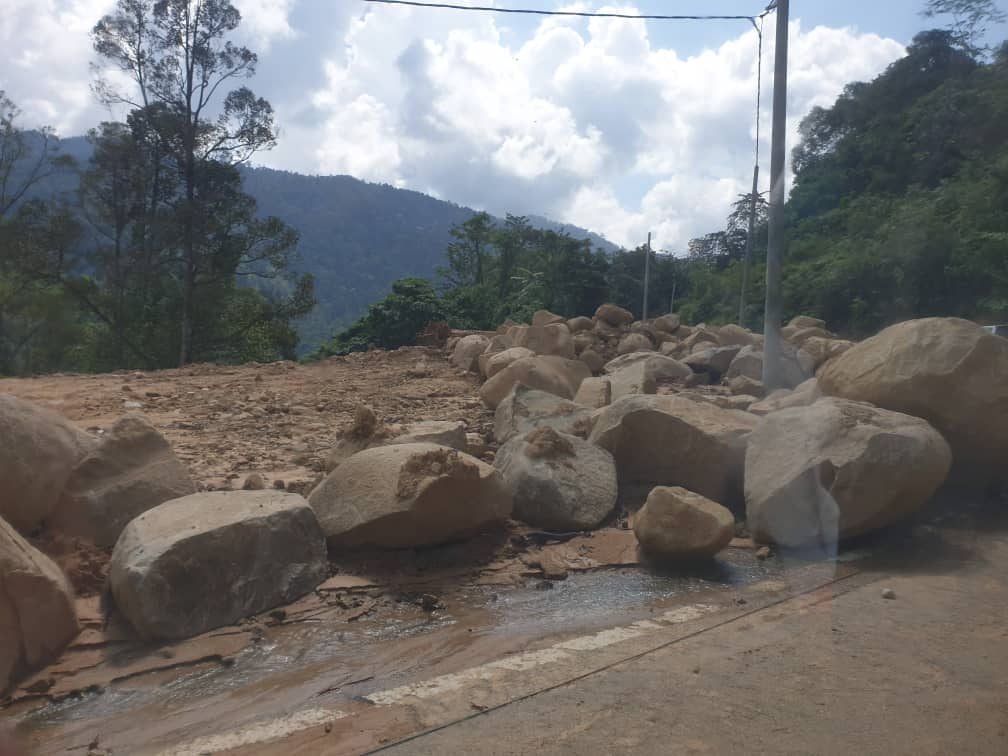
Investments are good for a country, both foreign and domestic. But are all projects from investments good? Along with the money poured into the country, and the promises of development, employment for thousands of locals, economic spin offs and transfer of technology, some investments also take a toll on a country’s natural resources. From clearing forests to make way for cash crops, large scale production plants and infrastructures to overmining earth elements, the activities despite the set environment regulations to monitor them continue unabated. While these earn money for the government and big time investors, and may operate under sustainable tags, the loss of forest covers, ecosystems and rich biodiversity with which Malaysia has been gifted with are irreplaceable. The emissions of carbon, geological destabilisation and the ensuing air, water and river pollution compromise the wellbeing of human beings. Cutting down the “green value” will also remove mitigating factors against climate change. Some of these projects are announced in big ways but their operations are also shrouded in secrecy until matters flood out on their own, literally, followed by admissions of logging, sand mining and even the wasteful clearing of planted crops.
KUALA LUMPUR, May 1 – Alarm bells could have rung for environmentalists in the country when a minister recently announced that Malaysia hoped to export RM19 billion worth of timber products by 2025 including wooden furniture.
From the perspective of the minister it is about the potential foreign exchange earned but for the conservationists, the RM19 billion worth of timber products represents the loss of more trees, possibly forest covers as well as biodiversity and the jeopardy of ecosystems.
For environmentalist and Secretary of Otai Reformasi, Abdul Razak Ismail, who has been calling for a 25-year moratorium on logging, it is something to be reviewed.
“This is not something to be proud of, especially when so many trees have to be chopped off for such amounts of exports,” he said, reiterating an appeal he made earlier this year when handing over a memorandum to Malaysia’s King, Al-Sultan Abdullah Ri’ayatuddin Al-Mustafa Billah Shah, seeking His Majesty’s intervention in protecting the forests of the country.
But the timber industry is only one industry, in the huge network of industries that cater to the insatiable market for products and services that come with the disturbances, clearance and use of the forest land.
Tree cover loss, Primary forest loss and active deforestation
According to Global Forest Watch, there were 25,094,978 deforestation alerts reported in Malaysia between 18th of October 2020 and 20th of April this year, covering a total of 308,000 hectares.
Some of the new and emerging hot spots of forest loss are also in the states of Kelantan, Pahang in Peninsular as well as in Sabah and Sarawak.
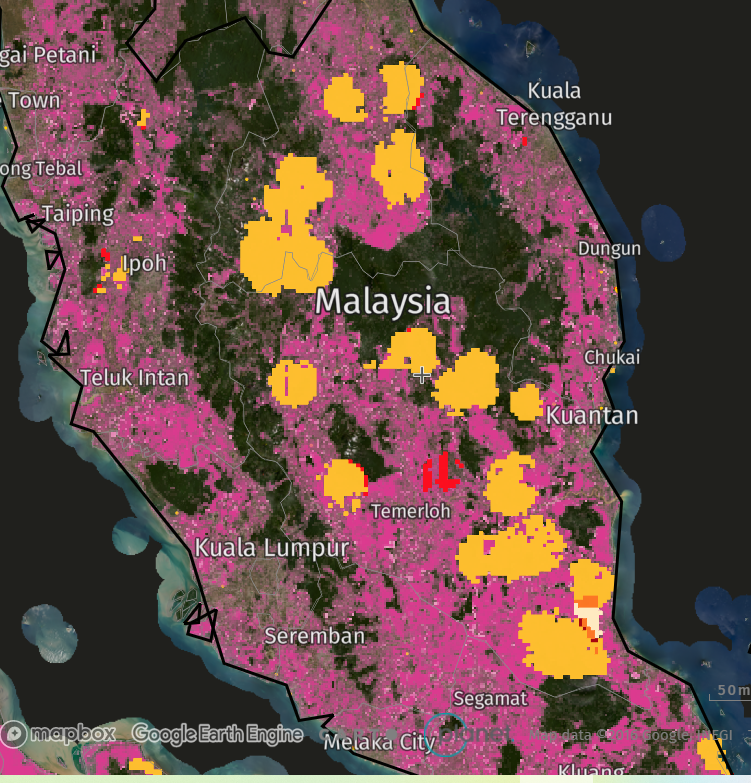
Malaysia was also in the World Resources Institute (WRI)’s list of Top 10 Countries for Total Tree Cover Loss from 2001 to 2020. It was on WRI’s list of Top 10 Countries for Humid Tropical Primary Forest Loss from 2002 to 2020 as well.
According to data on GFW, in 2020 alone Malaysia lost 122kha of natural forest, equivalent to 85.2Mt of CO₂ emissions. From 2001 to 2019, an average of 4.41Gt of CO₂e occurred in areas where the dominant drivers of loss resulted in deforestation. From 2001 to 2020, the country lost 2.73Mha of humid primary forest, making up 32% of its total tree cover loss in this time period. in the same period, it lost 8.39Mha of tree cover, equivalent to a 29% decrease in tree cover since 2000, and 4.82Gt of CO₂e emissions.
Fires and carbon emissions
GFW also reported 109 VIIRs fire alerts from April 23 to April 30. Some of these fires were spotted in peat forest, protected areas and primary forest.

While it cannot be firmly established which of the fires are human activities related to agriculture, livestock industry, forest plantations, manufacturing or clearance to make way for manufacturing plants, or even transportation development plans, one established fact is these fires result in carbon emissions, pollutants detrimental to breathing beings and economic and social distress eventually.
The Land Grab in Malaysia
While urbanisation, development of agricultural land for food production are essential to support population growth and is inevitable and necessary in some places, haphazard planning and questionable practices are there, without clear adherence to conditions set under the Environmental Impact Report (EIA) requirements.
Meanwhile, the conversion of forest land for cash crops has grown faster in the last decade, leaving a major footprint in the loss of natural forest cover, where in some cases the slash and burn method is still employed for clearing forests.
The grabbing of land is, however, not an exclusively Malaysian problem. In fact some countries have been recording much higher loss in their forest and natural vegetation areas.
According to a report from WRI’s Land and Carbon Lab, citing the findings of researchers from the University of Maryland, some 102 million hectares of land in the world have been converted to crops since 2000 with the highest expansion seen in Africa and South America.
In Malaysia, new concessions for logging, plantations, and mining continue to be given.
Foreign investments and big corporations are also major contributors to what is happening to the local forest areas that have been steadily encroached over the years. While states compete for investments and are seduced by the big monies for the setting up of plants for industries that require materials from the forests or even cutting down some space for setting up the plants in the first place, and often the promise of job creation for thousands, the rationale of “economic growth and development” against the preservation of the flora and fauna is quite difficult to argue with.
While pledges have been made on zero net emissions and the pursuit of green economy, they have been slow in coming into real action.
While development is essential, and natural resources often provide the supply of materials needed, many countries including Malaysia need to delve deeply into figuring out which will be better in the longer run: Lose some forest and make big money now or save the forest, slow down the bulldozers, and figure out a winning strategy that will in the long run mitigate matters involving climate change and contribute to the well being of humans, animals and plants. Perhaps with climate change taken more seriously now, more real action can be taken to prevent deforestation and the removal of green lungs in the city areas.
For whom the big monies?

Often it is big money for the few. “That is why tougher stance like a 25-moratorium on logging would help. It would give a chance for forest regeneration,” said Razak.
While it is not impossible, a moratorium on logging would be a difficult feat as profits are huge for logging companies involved in the big businesses of exporting timber, and timber products just as it is for plantation companies and small time farmers, illegal and legal, who convert and clear forest, natural vegetation for their cash crops from oil palm to rubber.
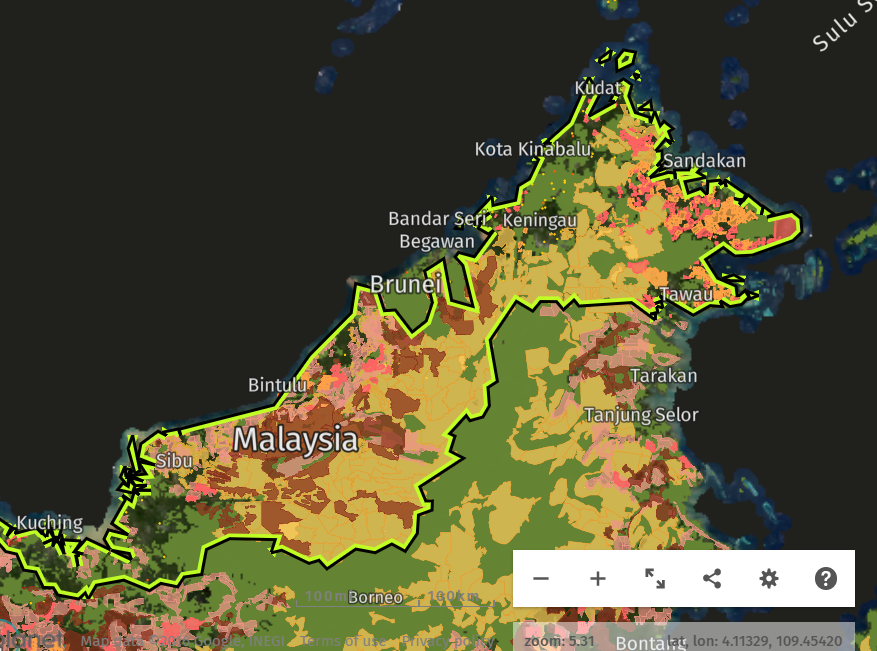
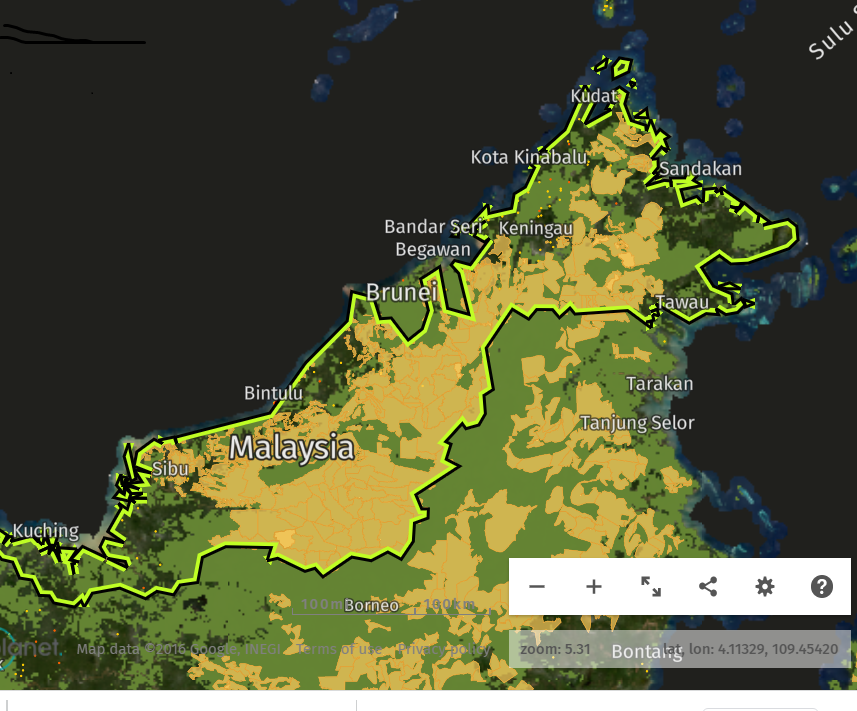
Other industries backed by large foreign investments and dependent on forest resources or huge spaces include paper mills while solar energy plants, which, while it offers an alternative to fuel-generated fuel, it also require huge spaces, just as power towers which would often mean the clearing of forests.
In some states, the big time loggers, planters and miners are related to the state governments and hence the business of deciding cannot be easy. In Sarawak, the Forest Department, which is responsible for guarding the state’s forests are also stakeholders in businesses that rely on forest resources. Who will mind the minders then?
Meanwhile, the data on the state of land is telling and gives a picture of the colossal effects on species sharing the space on earth.
Hastily cleared forests, floods, trapped villages, boulders on roads
Heavy rains on cleared forest, especially hilly areas, not only cause pollution of the water systems as they carry soil into local creeks and rivers and when the debris from fallen trees, branches and wood are not properly cleared, they also get pushed along causing pollution, overflowing rivers and floods.
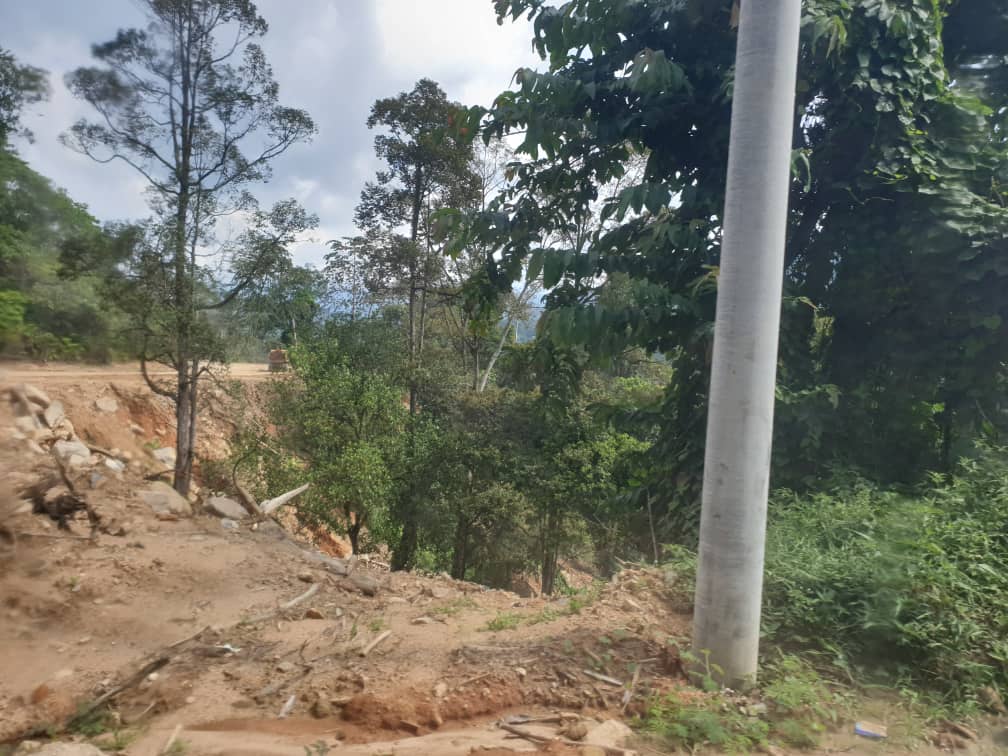
In areas, where the damage and erosion over time has been intense, and where quarry activities are being carried out nearby, boulders and rocks have been reported to have come down. During the December floods in Malaysia, some roads leading to mountain areas had to be closed as huge rocks came down blocking passage into these areas, cutting movements into and out of the villages in these areas. The mud from the higher grounds also ended up in villages below as flood waters carried them.
Carbon emissions, smog, zoonotic diseases and its toll on human health
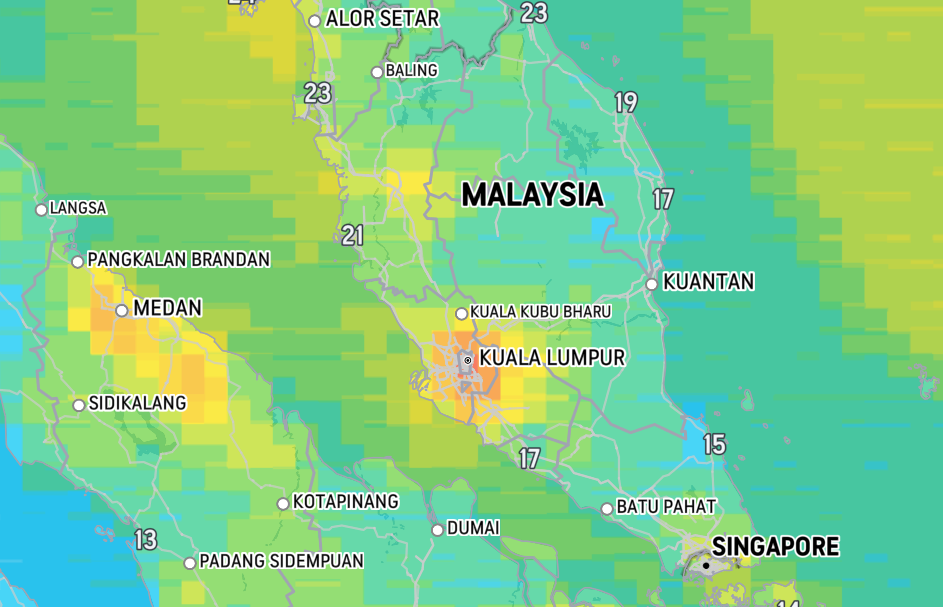
While the problem of haze is more contained now, fires in protected areas and peat forests are regular events and along with them, smog. Even the most heavy of rains do not clear the smog in some areas. These fires release carbon dioxide and other greenhouse gases such as methane and nitrous oxide stored in trees and other vegetation, and their effects on the human respiratory system is well established. Apart from contributing to respiratory illnesses, polluted air also cause skin problems, and damages to the human heart, liver and kidneys. Zoonotic diseases are also attributed to forest encroachments.
–WE
Part two of “Of fires, smog, cash crops, ill health and the other side of investments, deforestation” will be published on a later date, covering the topics of mitigation with quality investments, enforcement, diligence and prudence.
.